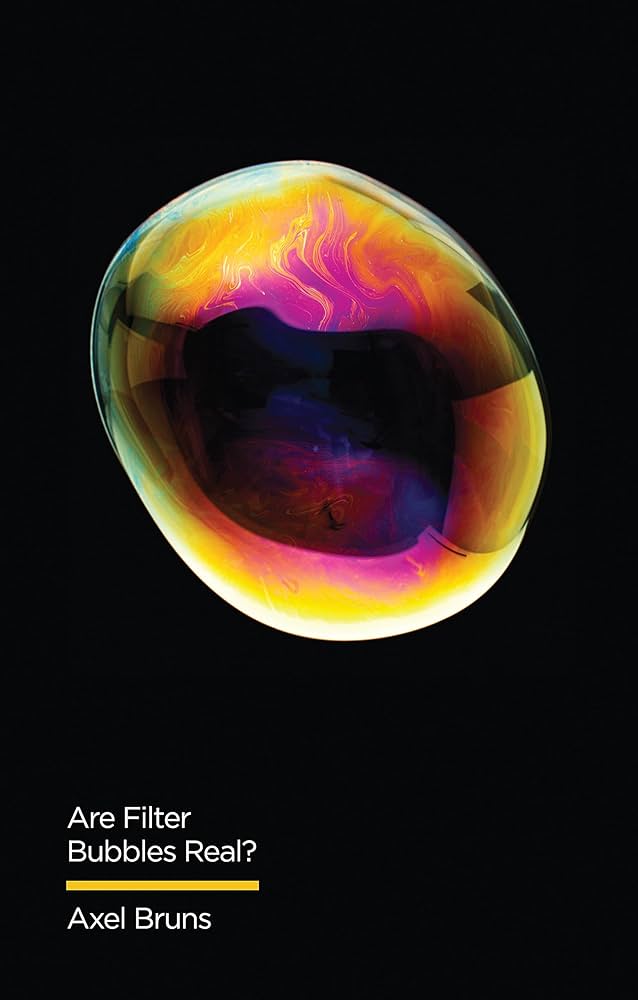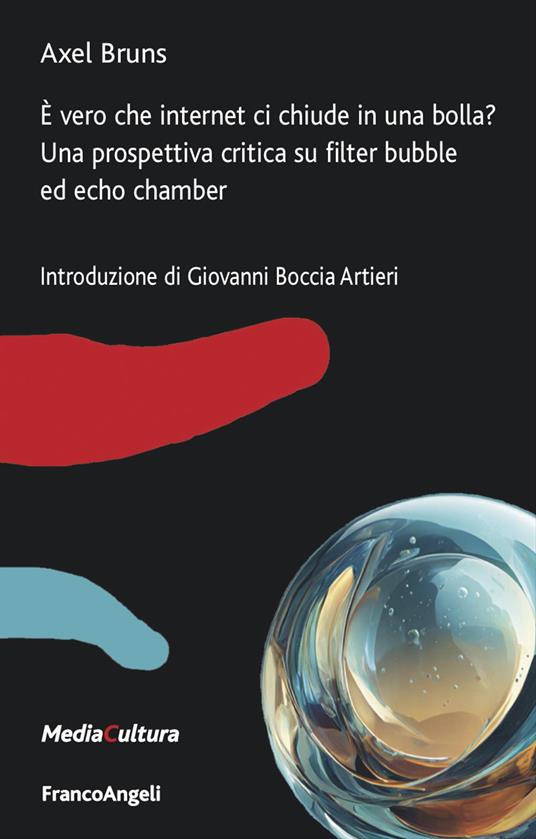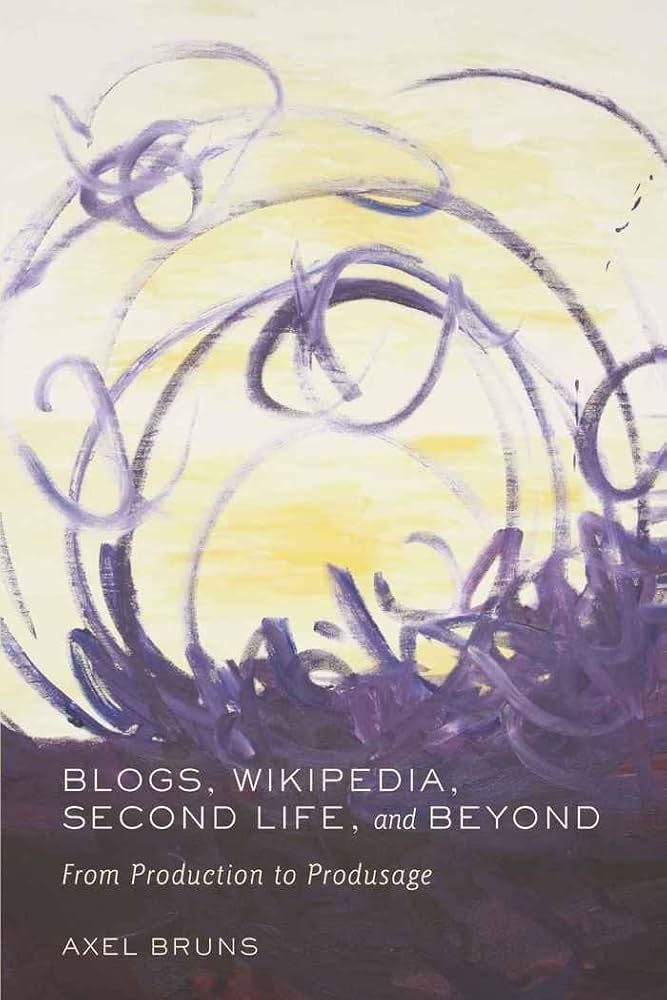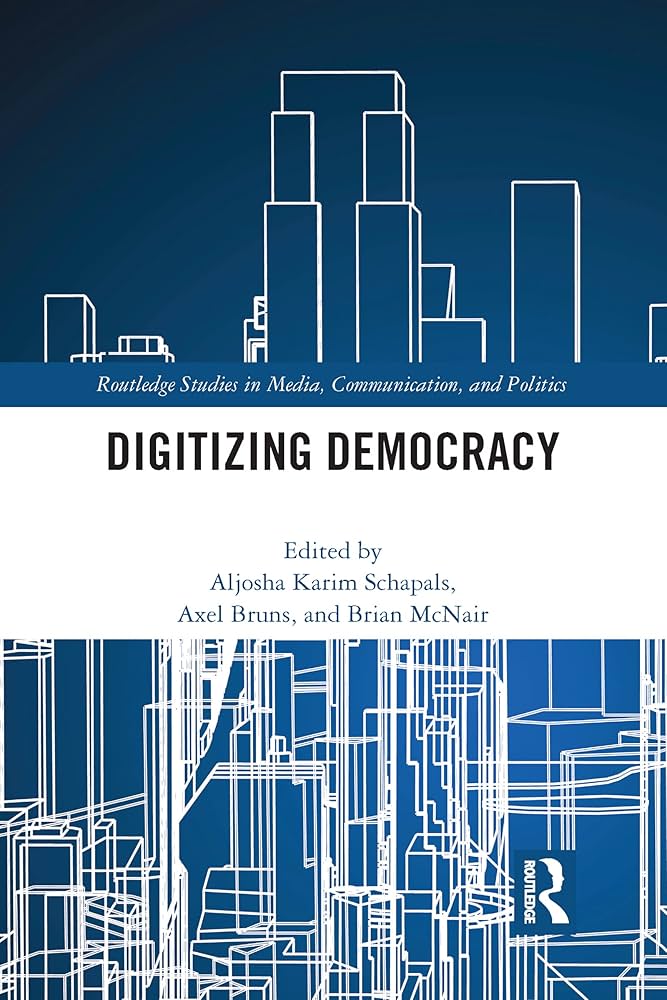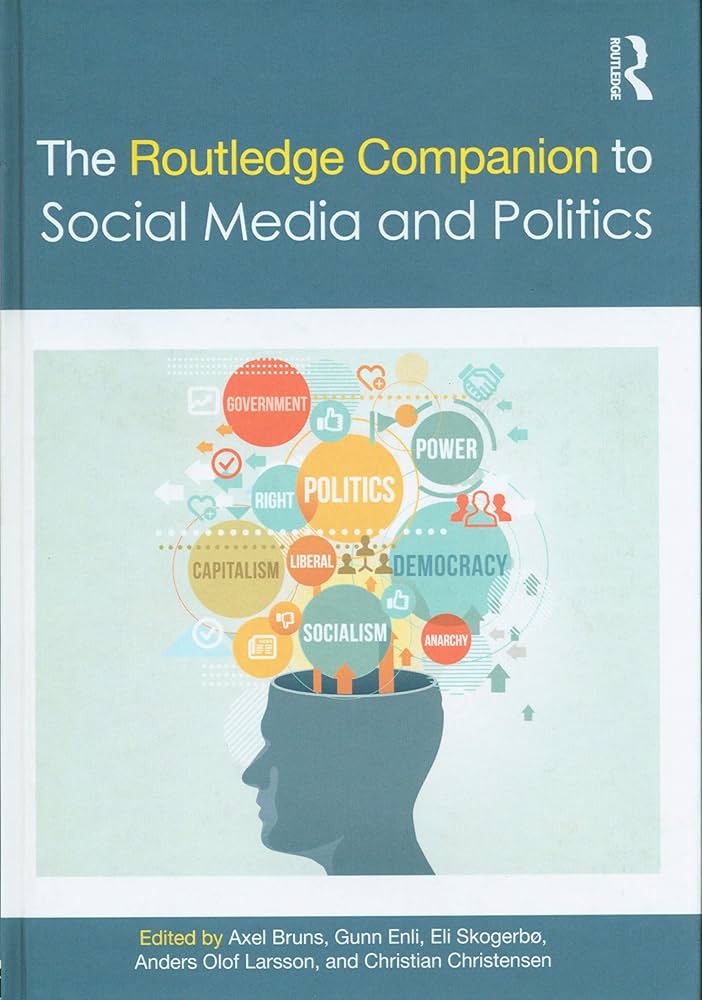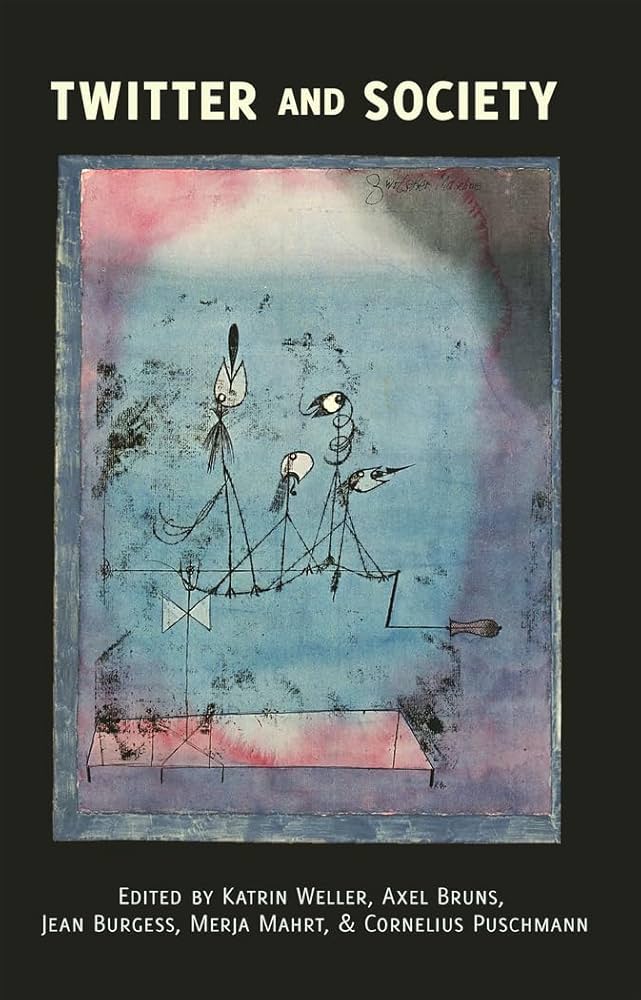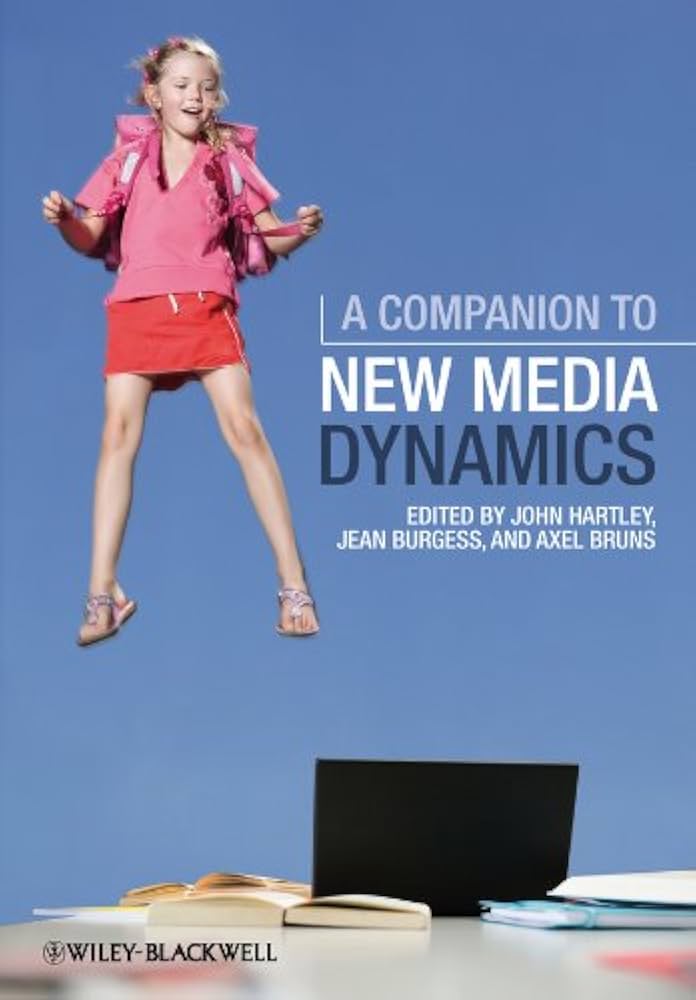The next session I’m attending at the ZeMKI 20th anniversary conference in Bremen is on digital imaginaries, and starts with a paper by Peter Gentzel. His approach centres on mapping: digital maps are a form of media that envision futures, showing aspects of our social and cultural life that are not quite visual, and seek to empower us to do and see things that are mostly hidden, and thereby provide for a better future.
Such maps include services like Google Maps, which focusses on providing consumption options, curated online maps of cultural options (like street art across a given city), or public geodata maps that offer layers of socioeconomic and other official data; there are also maps that track controversial issues like instances of sexual harrassment in public space, refugee routes from Africa to Europe, informal settlements, or potential city planning decisions.
Such maps can also be operationalised: activists have begun to use reviews of restaurants in Russia to provide accurate information about the Russian invasion of Ukraine, for instance; maps can be used to highlight local and global inequalities such as Internet access; and maps can represent geopolitical disputes like Donald Trump’s attempts to rename the Gulf of Mexico as the ‘Gulf of America’.
Maps therefore have no secure ontological status; they visualise georeferenced data of various types, and are geomedia action spaces that can be manipulated and disputed. Public institutions, civil society institutions, corporations, and everyday users may engage with them in a variety of ways. Some are even explicitly intended for communication in public discourse.
Maps are thus a form of practice (at a targeted and routine level), enable map-related practices (map use, map hacking), and are used in practice (contesting the material and symbolic meanings of maps in specific contexts). Their infrastructures are contested, as the contest between Google Maps, OpenStreetMap, and Meta’s own Overture Map Foundation shows.



